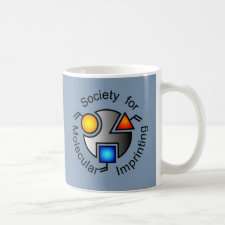
Authors: Li L, Lin ZZ, Huang ZY, Peng AH
Article Title: Rapid detection of sulfaguanidine in fish by using a photonic crystal molecularly imprinted polymer.
Publication date: 2019
Journal: Food Chemistry
Volume: 281
Page numbers: 57-62.
DOI: 10.1016/j.foodchem.2018.12.073
Alternative URL: https://www.sciencedirect.com/science/article/pii/S0308814618321770
Abstract: A photonic crystal (PC) sensor was prepared through molecular imprinting by using dispersed SiO2 microspheres as PC, sulfaguanidine (SG) as template, methacrylic acid as monomer, and ethylene glycol dimethacrylate as crosslinker. The preparation conditions were optimized as follows: molar ratio of template, monomer, and crosslinker was 1:10:4; pH was 6.0 in phosphate buffer; and volume fraction of methanol was 15%. The relationship between wavelength shift of reflection peak and SG concentration was found as: Δ λ = 7.8887 lg(C) + 79.9664. The response time was only 5 min. The limit of detection was 2.8 × 10-10 mol L-1. The sensor exhibited higher specificity for SG than its sulfonamide analogs. The sensor maintained original sensing performance after five cycles of usage. The recoveries of SG ranged from 93.8% to 111.2% in lake water and from 88.5% to 115.2% in fish samples. This finding suggested that the sensor can be used in food samples with complicated matrix
Template and target information: sulfaguanidine, SG
Author keywords: Photonic crystal, molecular imprinting, Sulfaguanidine, sensor



Join the Society for Molecular Imprinting

New items RSS feed
Sign-up for e-mail updates:
Choose between receiving an occasional newsletter or more frequent e-mail alerts.
Click here to go to the sign-up page.
Is your name elemental or peptidic? Enter your name and find out by clicking either of the buttons below!
Other products you may like:
 MIPdatabase
MIPdatabase









